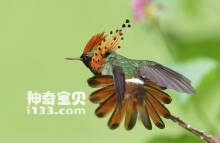
Lophornis ornatus
Lophornis ornatus,tufted coquette
The crofted hummingbird (Lophornis ornatus) is tufted coquette, no subspecie···
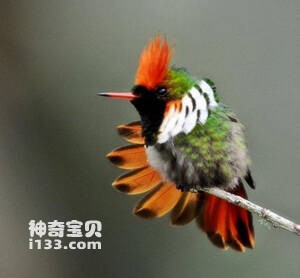
Lophornis magnificus
Lophornis magnificus,Frilled Coquette
The specific habits of the illed Coquette (Frilled Coquette, Lophornis magni···
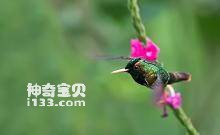
Lophornis helenae
Lophornis helenae,Black-crested Coquette
The black-crowned hummingbird is known as Lophornis helenae or Black-crested···
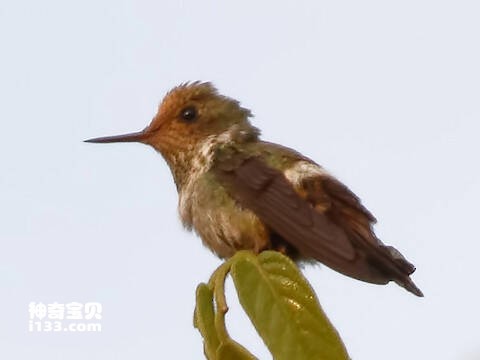
Lophornis gouldii
Lophornis gouldii,Dot-eared Coquette
The specific habits of the spot-eared hummingbird (Dot-eared Coquette, Lopho···
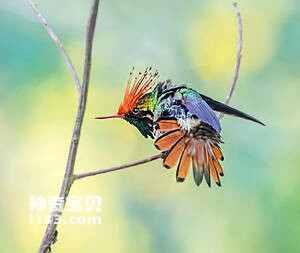
Lophornis delattrei
Lophornis delattrei,Rufous-crested Coquette
The bird's scientific name is Lophornis delattrei, and its foreign name ···
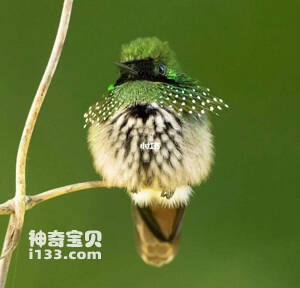
Lophornis chalybeus
Lophornis chalybeus,Festive Coquette
The bird's scientific name is Lophornis chalybeus and its foreign name i···
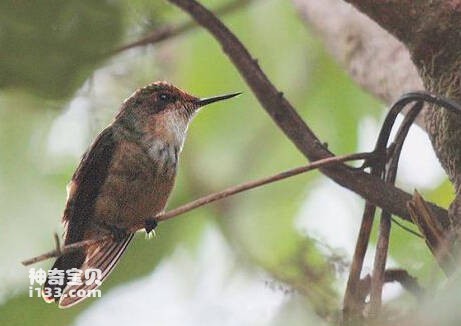
Lophornis brachylophus
Lophornis brachylophus,Short-crested Coquette
The Short-crested hummingbird is Lophornis brachylophus and short-crested Co···
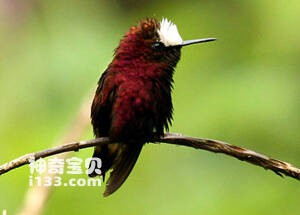
Lophornis adorabilis
Lophornis adorabilis,White-crested Coquette
The white-crowned hummingbird is known as Lophornis adorabilis or White-cres···
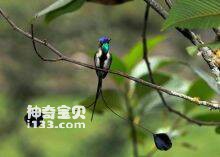
Loddigesia mirabilis
Loddigesia mirabilis,Marvellous Spatuletail
The furrowed fantail hummingbird (Loddigesia mirabilis) is Marvellous Spatul···
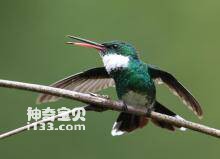
Leucochloris albicollis
Leucochloris albicollis,White-throated Hummingbird
Leucochloris albicollis, or White-throated Hummingbird, is unknown.Protect w···
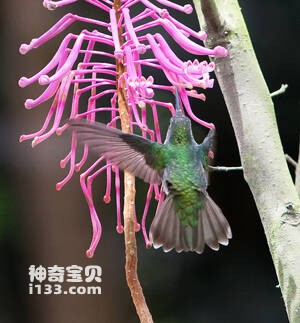
Leucippus viridicauda
Leucippus viridicauda,Green-and-White Hummingbird
The green-tailed Hummingbird was Leucippus viridicauda and Green-and-White h···

Leucippus taczanowskii
Leucippus taczanowskii,Spot-throated Hummingbird
The species is known as Leucippus taczanowskii and Spot-throated Hummingbird···
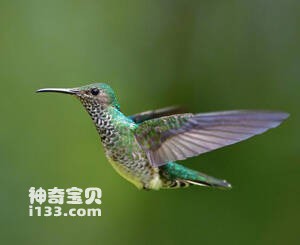
Leucippus hypostictus
Leucippus hypostictus,Many-spotted Hummingbird
The scientific name of the spotted Hummingbird is Leucippus hypostictus, the···
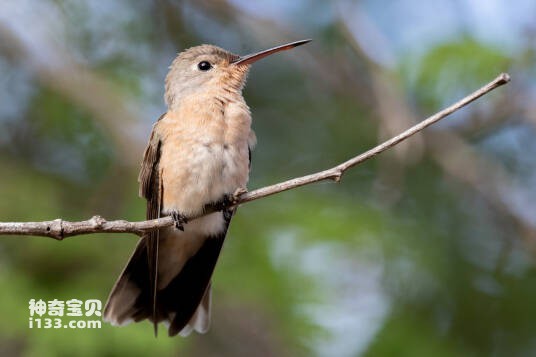
Leucippus fallax
Leucippus fallax,Buffy Hummingbird
The pale yellow Hummingbird is known as Leucippus fallax and Buffy Hummingbi···
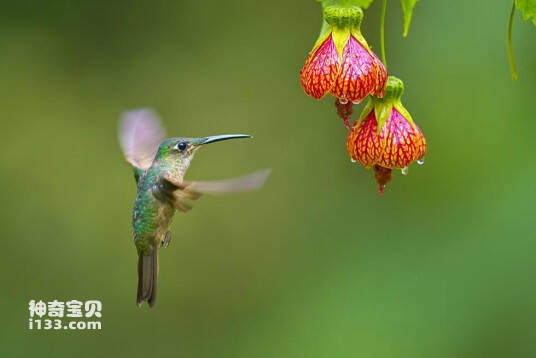
Leucippus chlorocercus
Leucippus chlorocercus,Olive-spotted Hummingbird
The species is known as Leucippus chlorocercus and Olive-spotted Hummingbird···
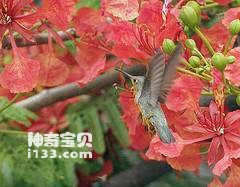
Leucippus baeri
Leucippus baeri,Tumbes Hummingbird
The Peruvian Hummingbird is known as Leucippus baeri and Tumbes Hummingbird.···
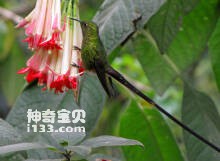
Lesbia victoriae
Lesbia victoriae,Black-tailed Trainbearer
The Black-tailed hummingbird is known as Lesbia victoriae and black-tailed T···
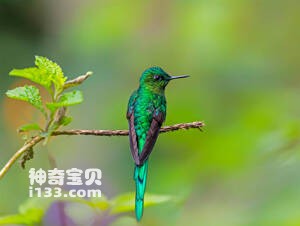
Lesbia nuna
Lesbia nuna,Green-tailed Trainbearer
The greentailed hummingbird is known as Lesbia nuna and Green-tailed Trainbe···
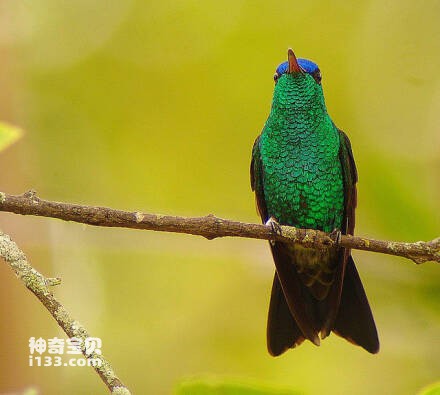
Lepidopyga lilliae
Lepidopyga lilliae,Sapphire-bellied Hummingbird
The greenbellied Hummingbird is known by its scientific name Lepidopyga lill···
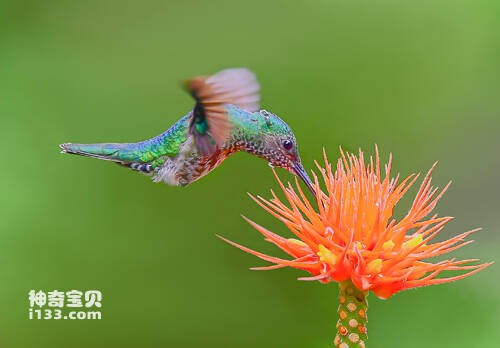
Lepidopyga goudoti
Lepidopyga goudoti,Shining Green Hummingbird
The scientific name of the Hummingbird is Lepidopyga goudoti, the foreign na···
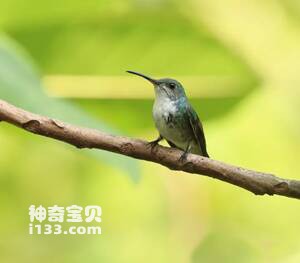
Lepidopyga coeruleogularis
Lepidopyga coeruleogularis,Sapphire-throated Hummingbird
Lepidopyga coeruleogularis, sappil-throated Hummingbird, But the Blue-throat···
